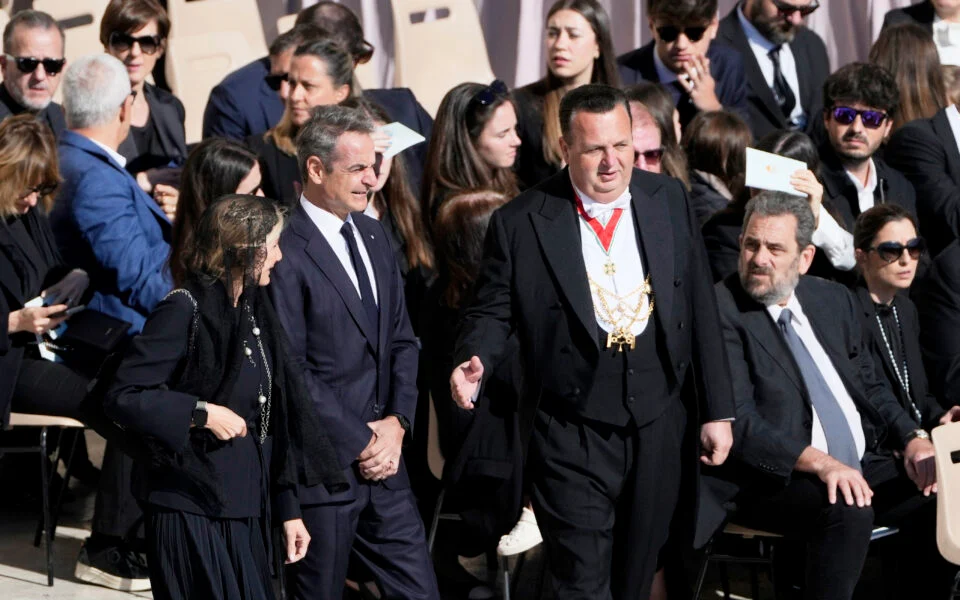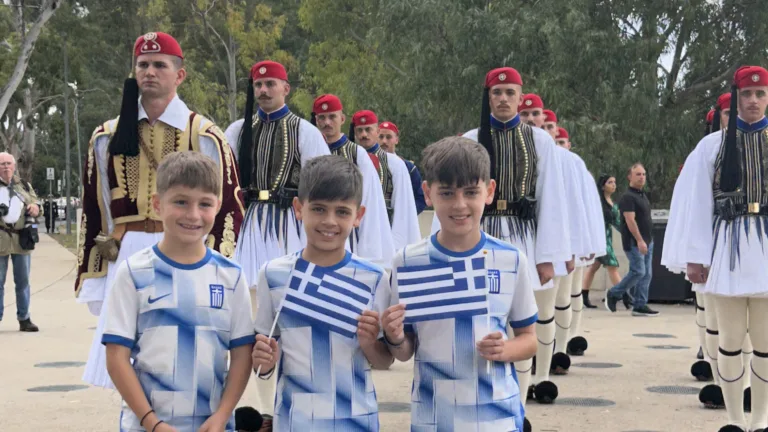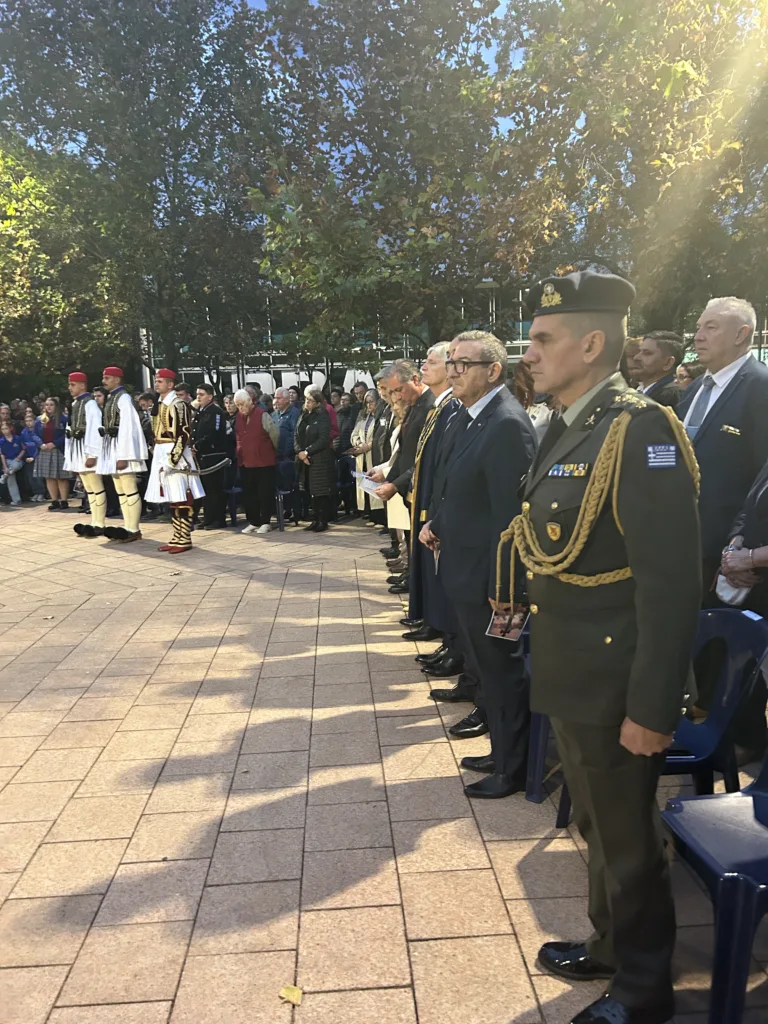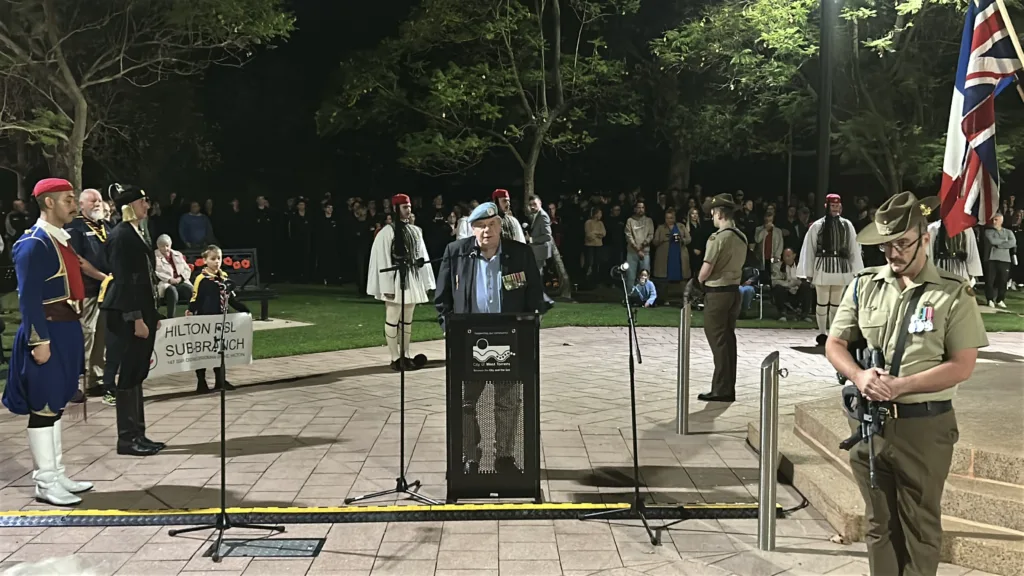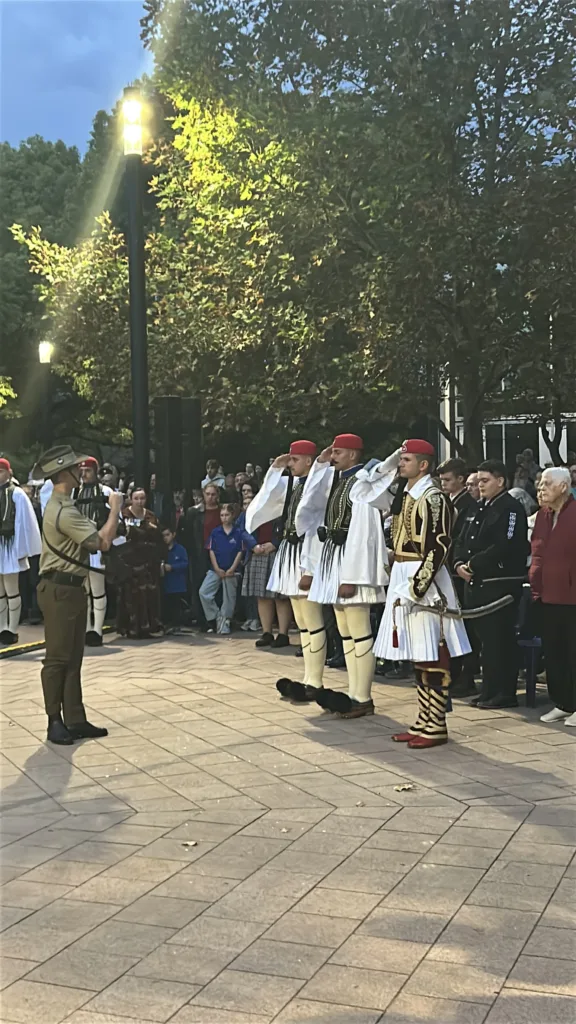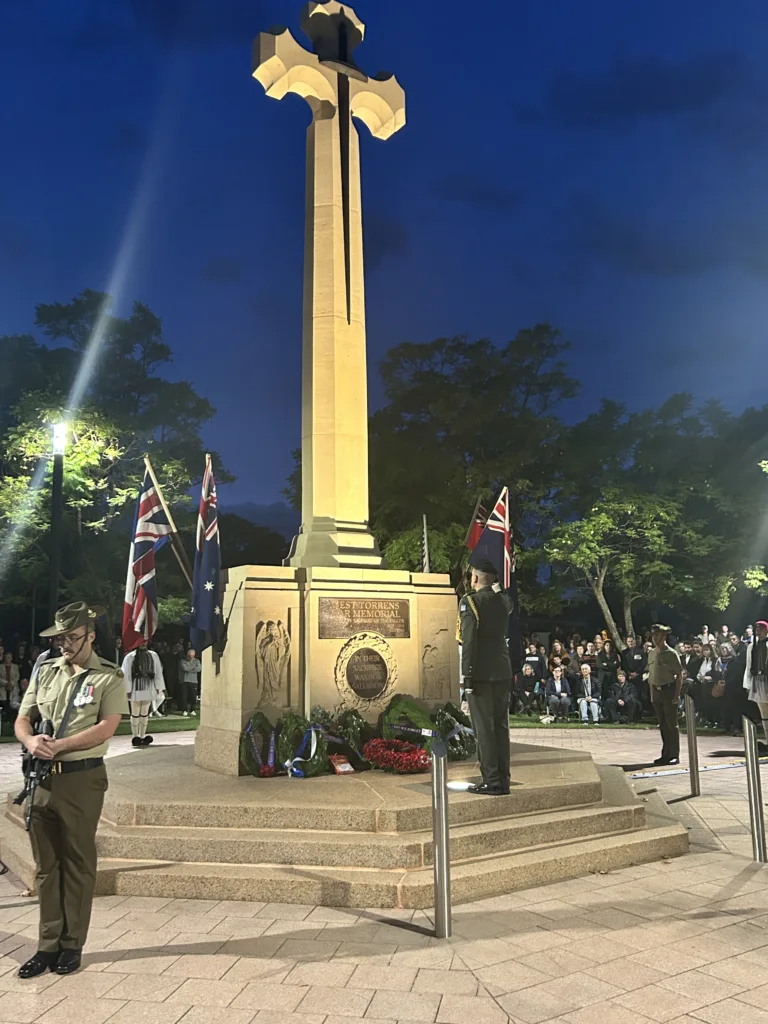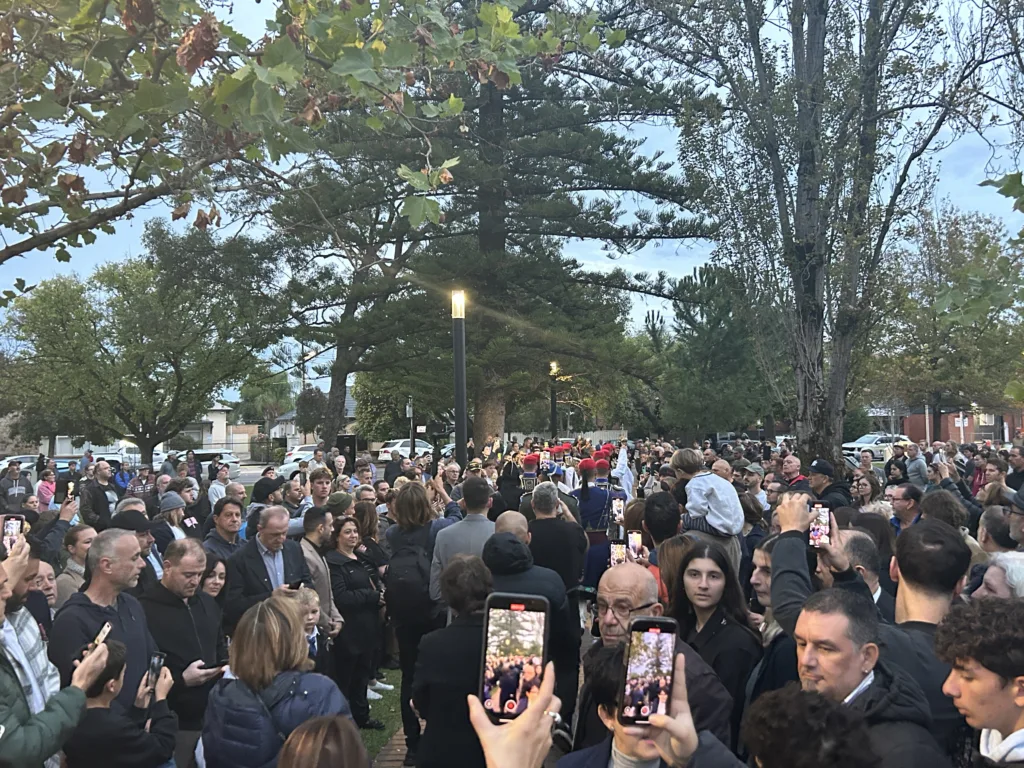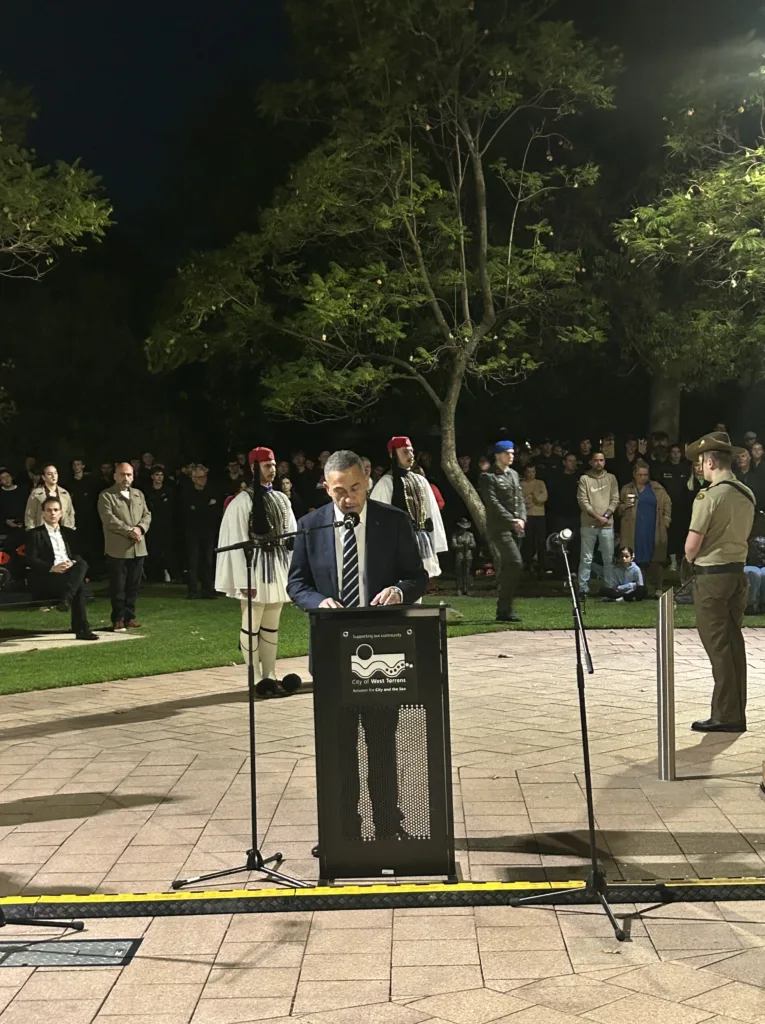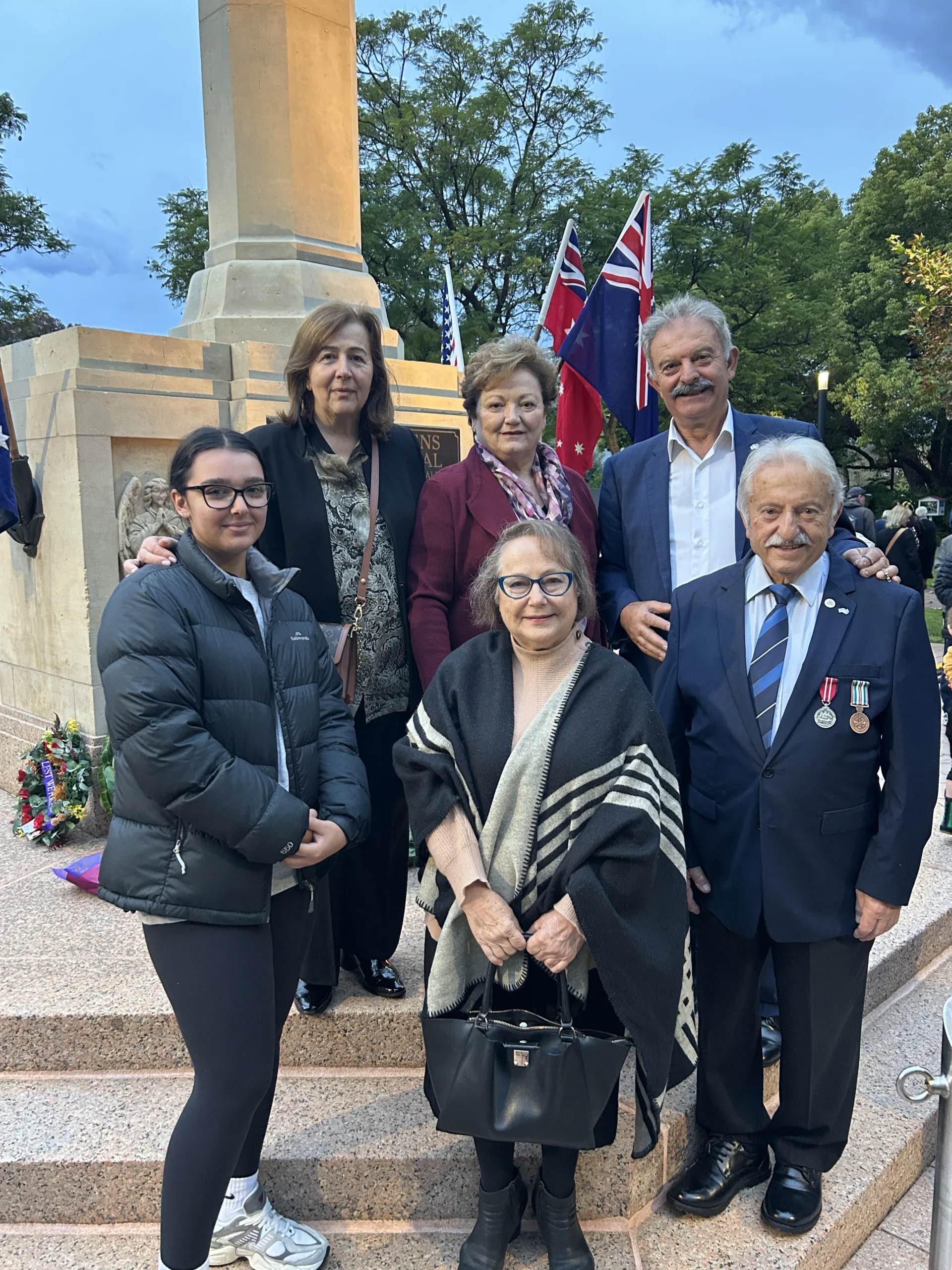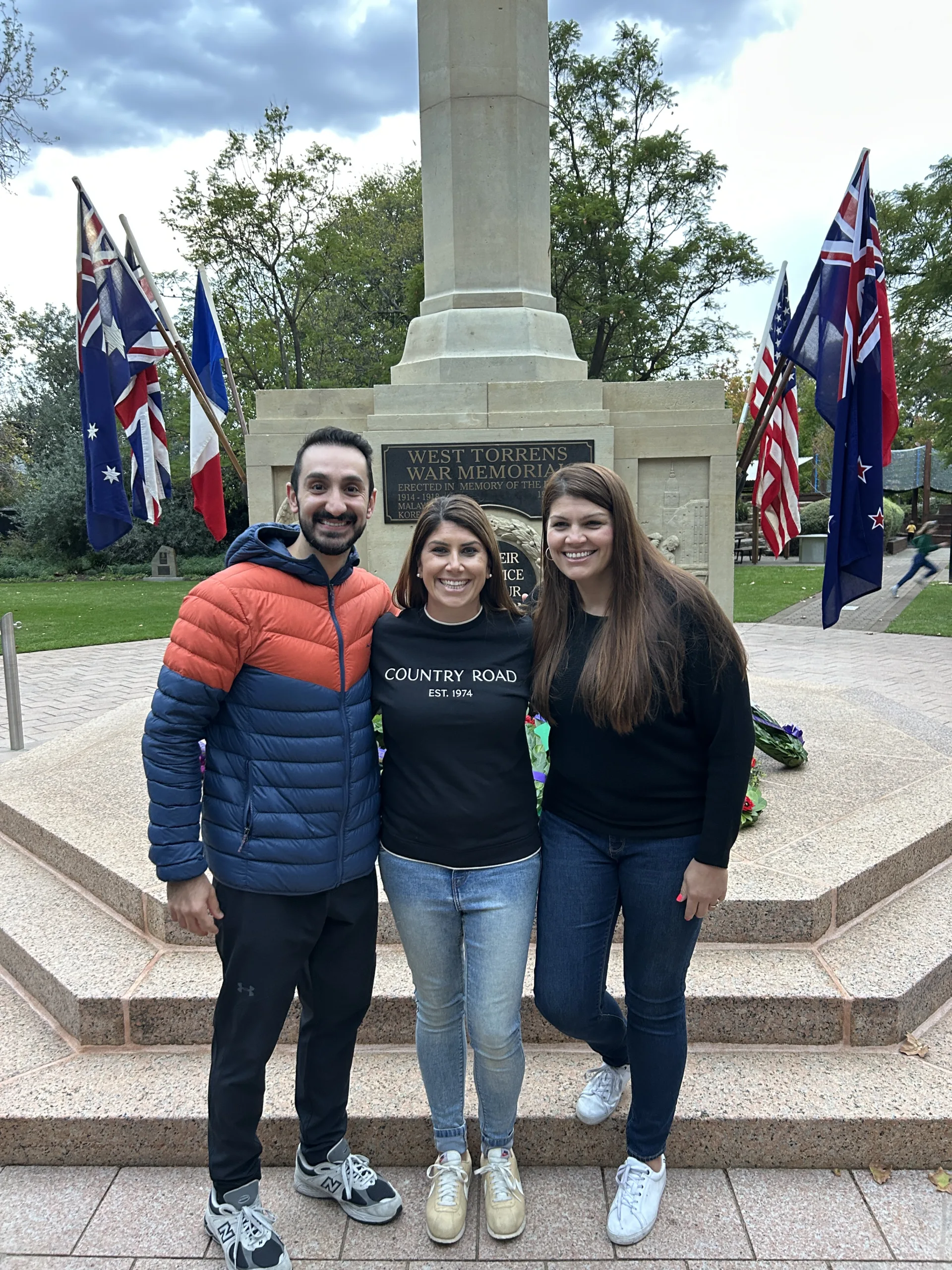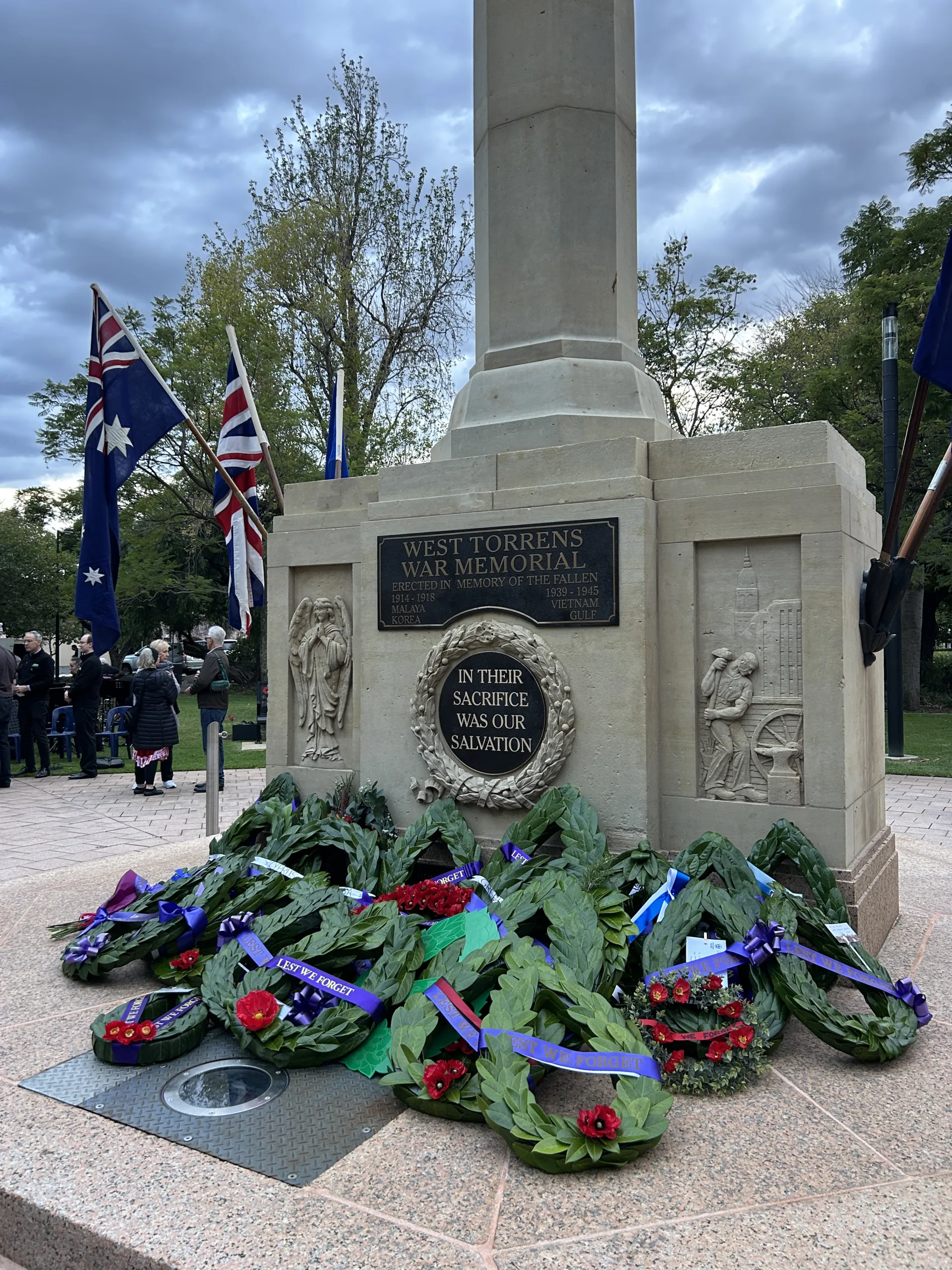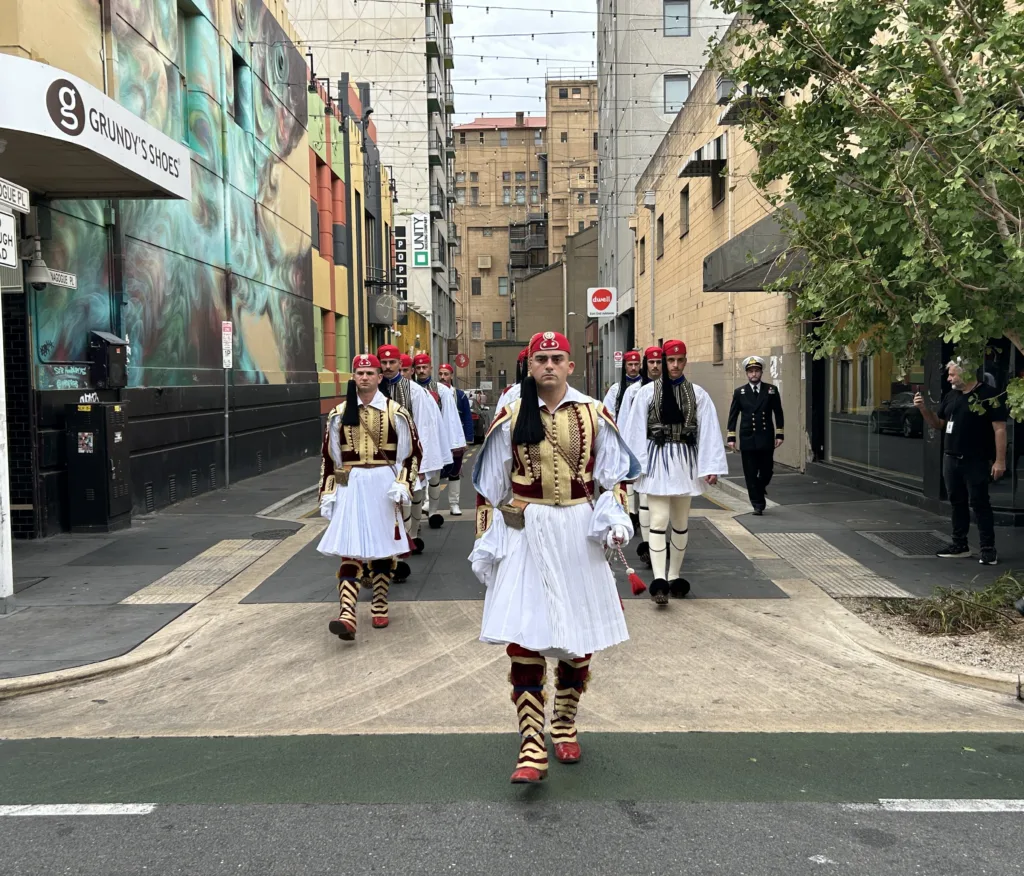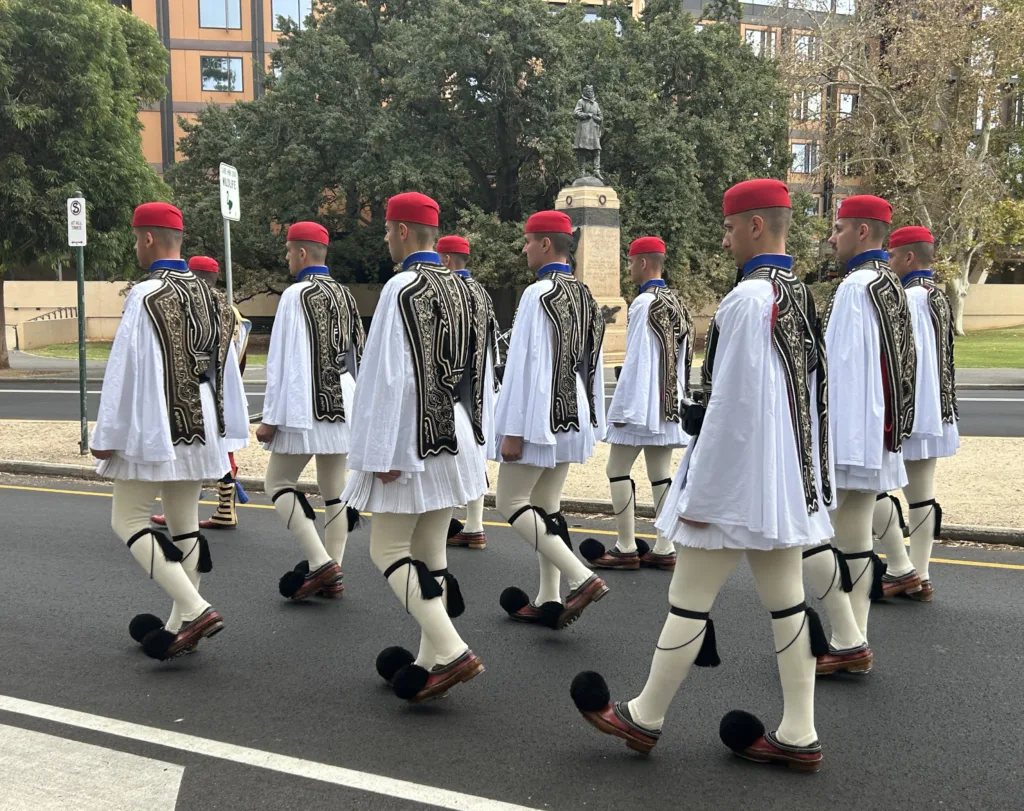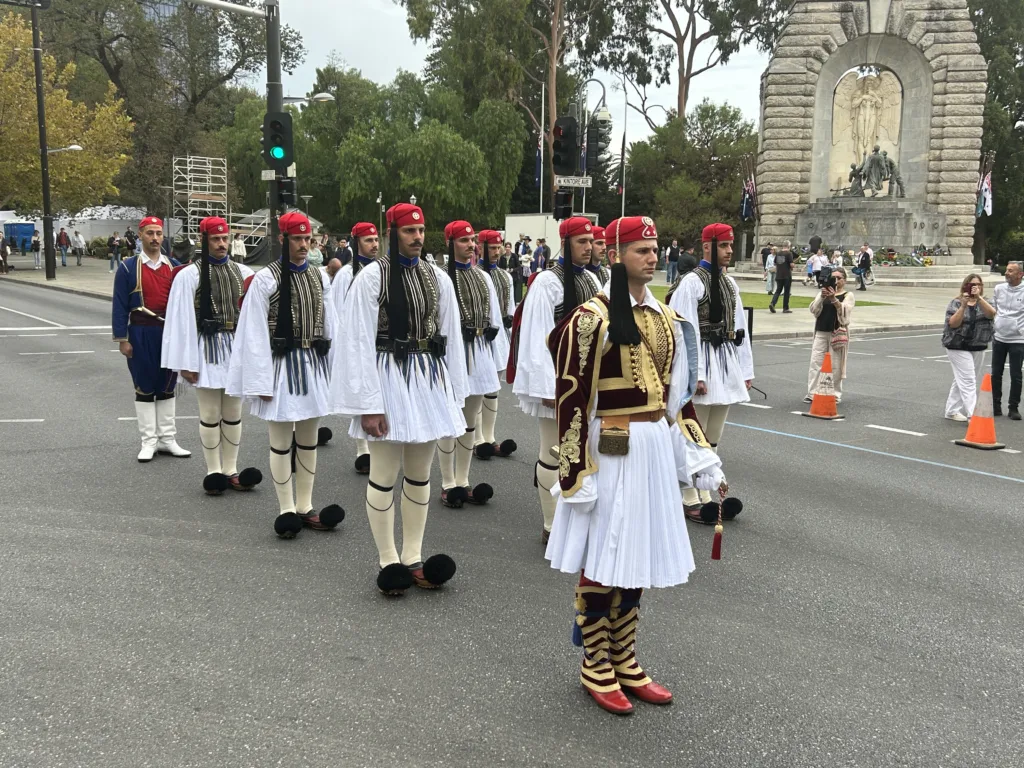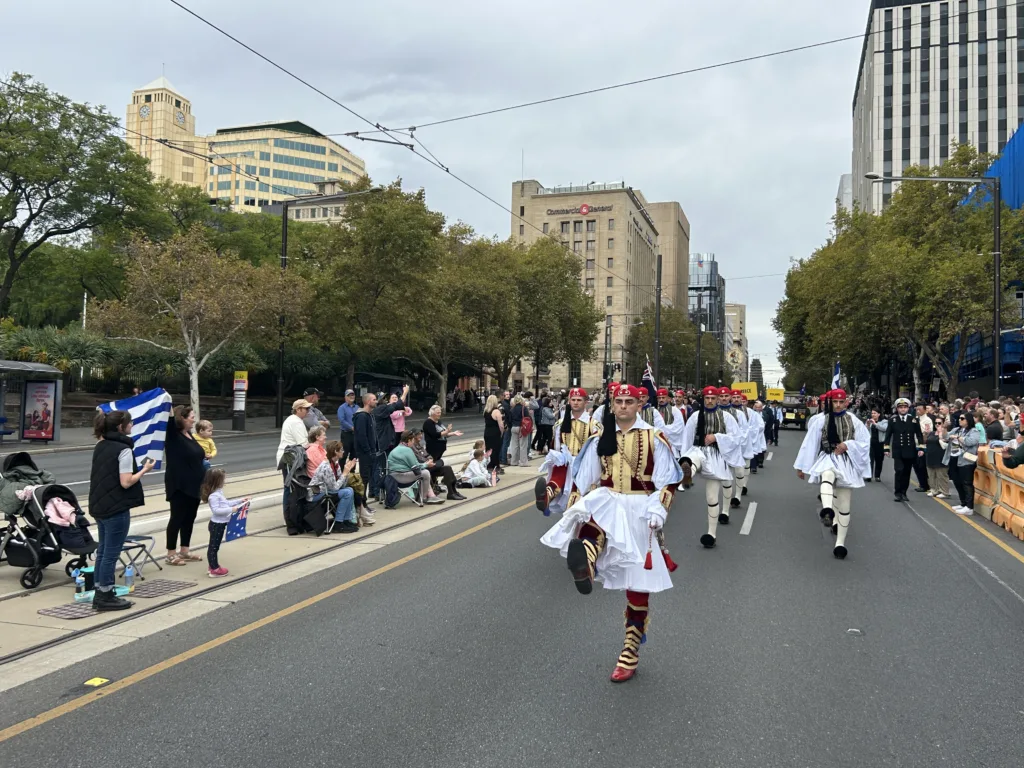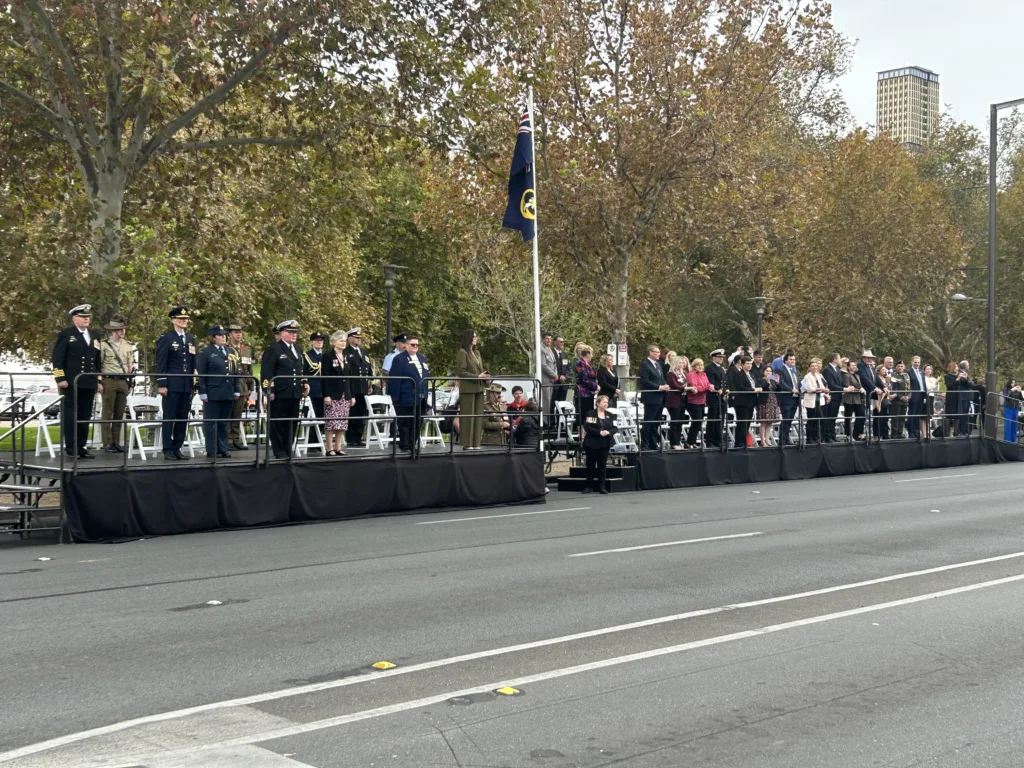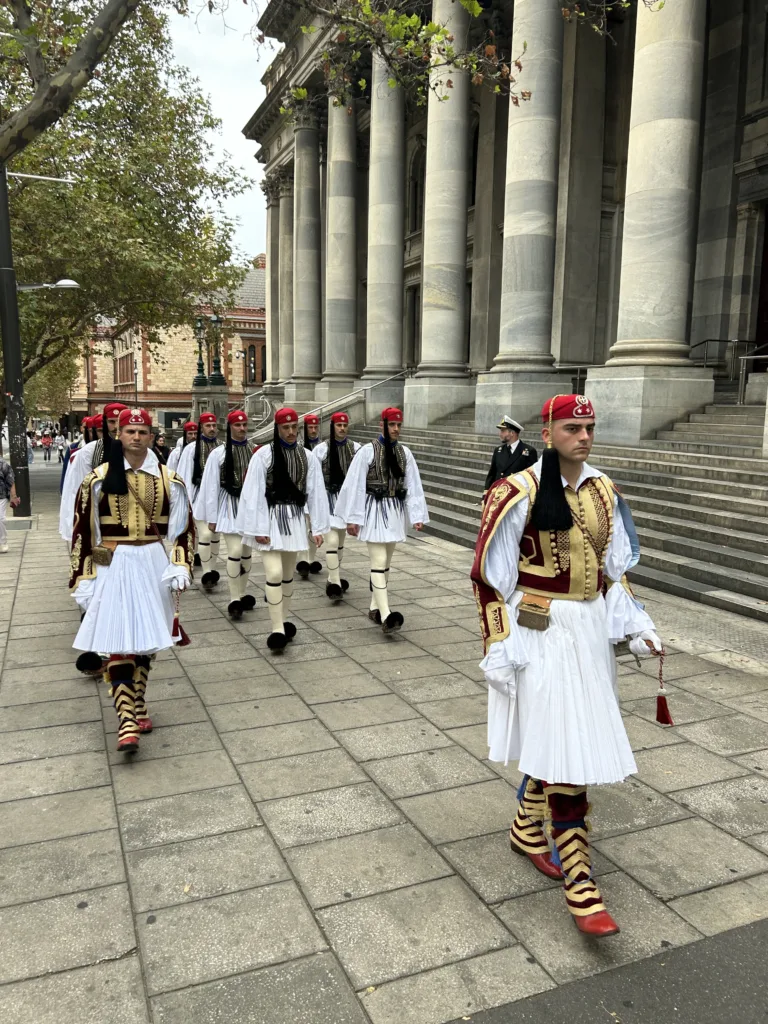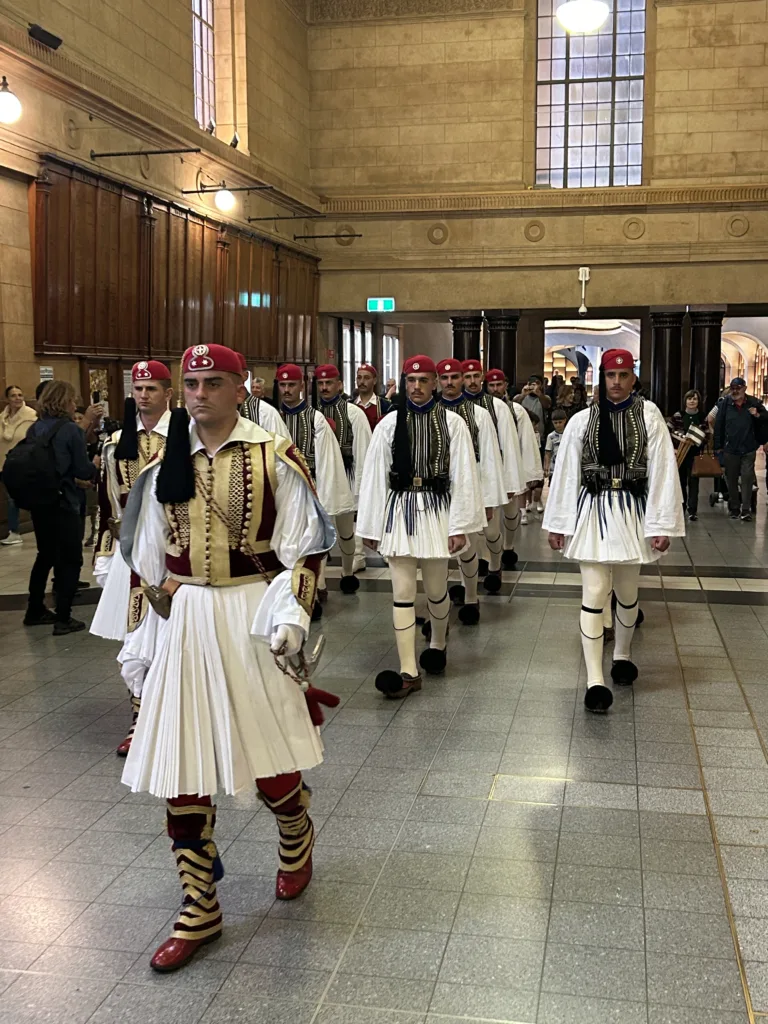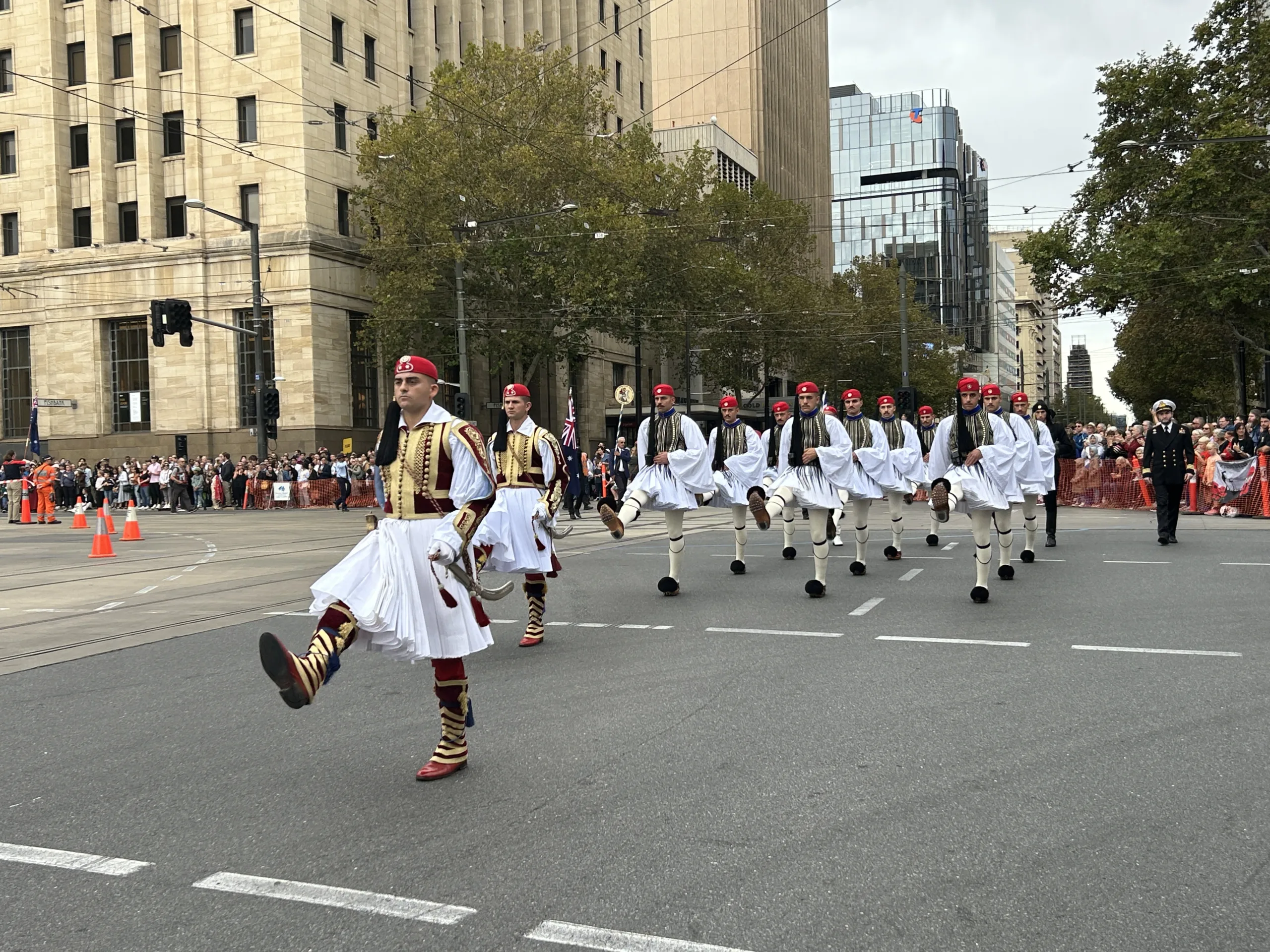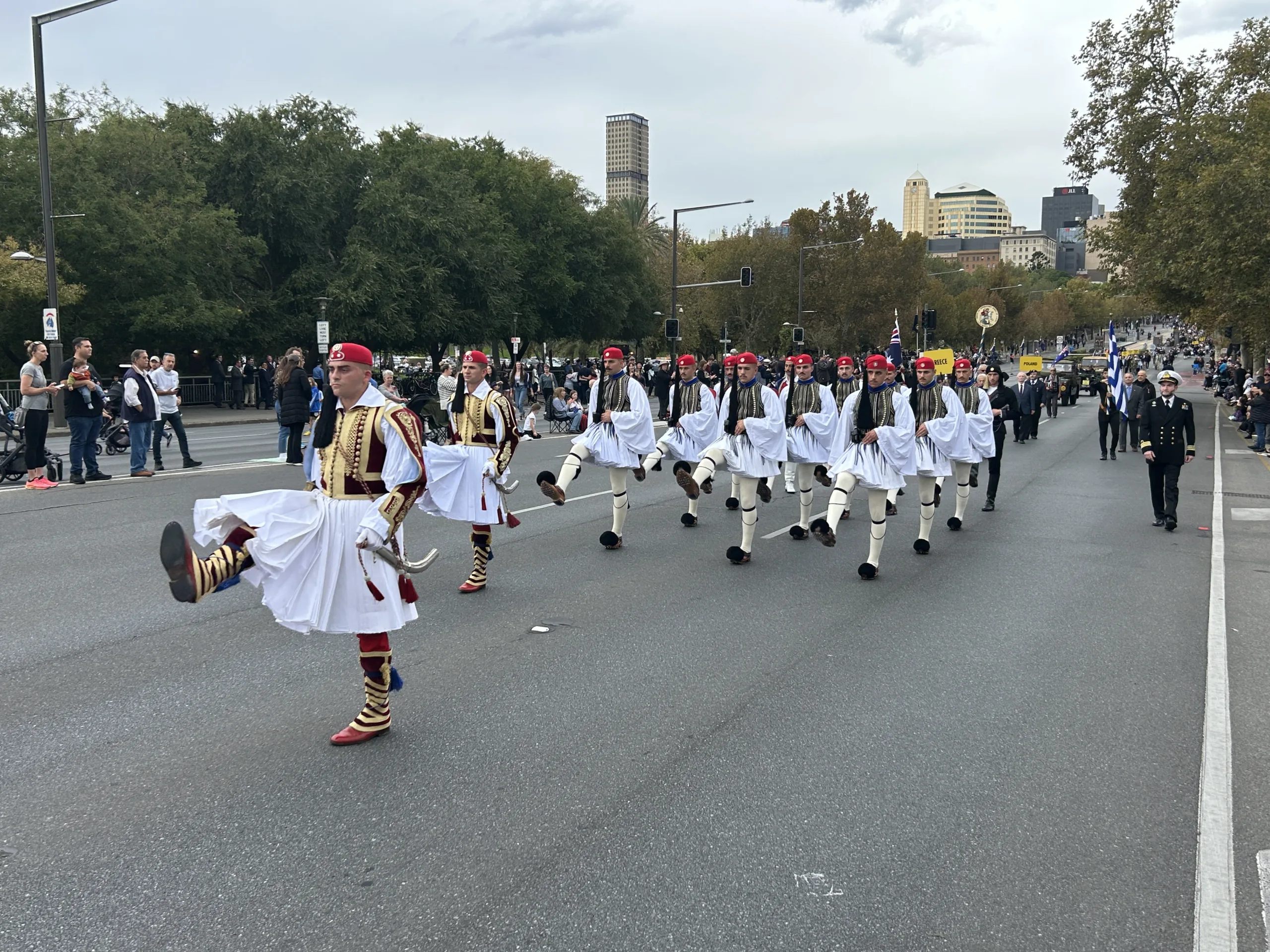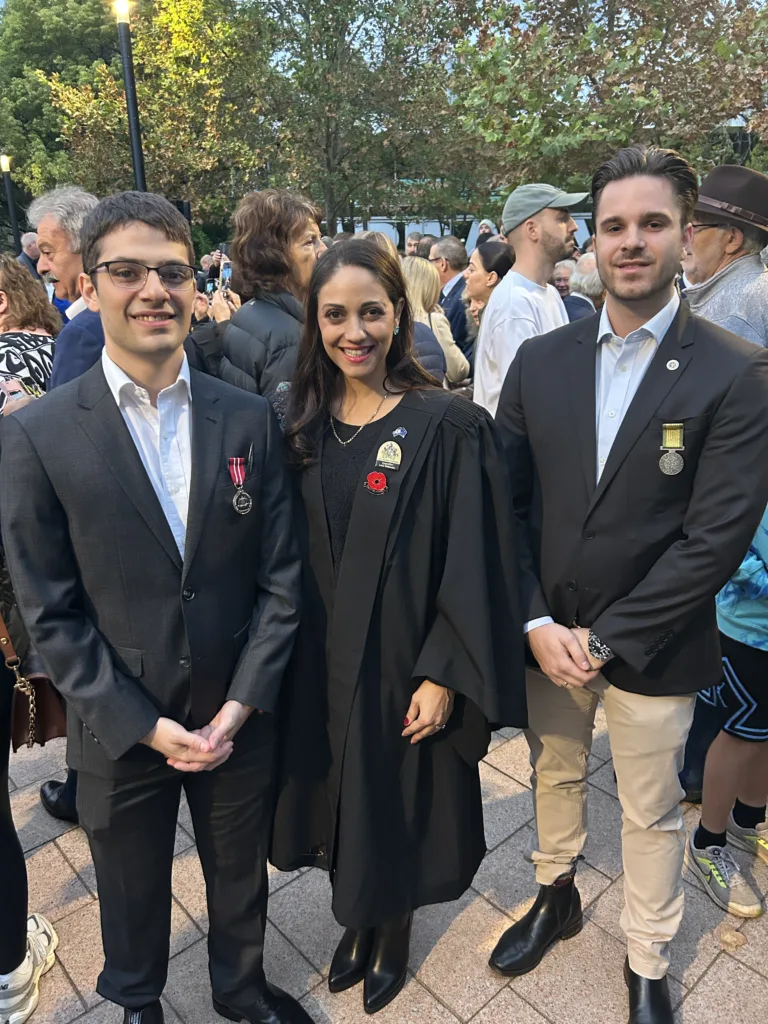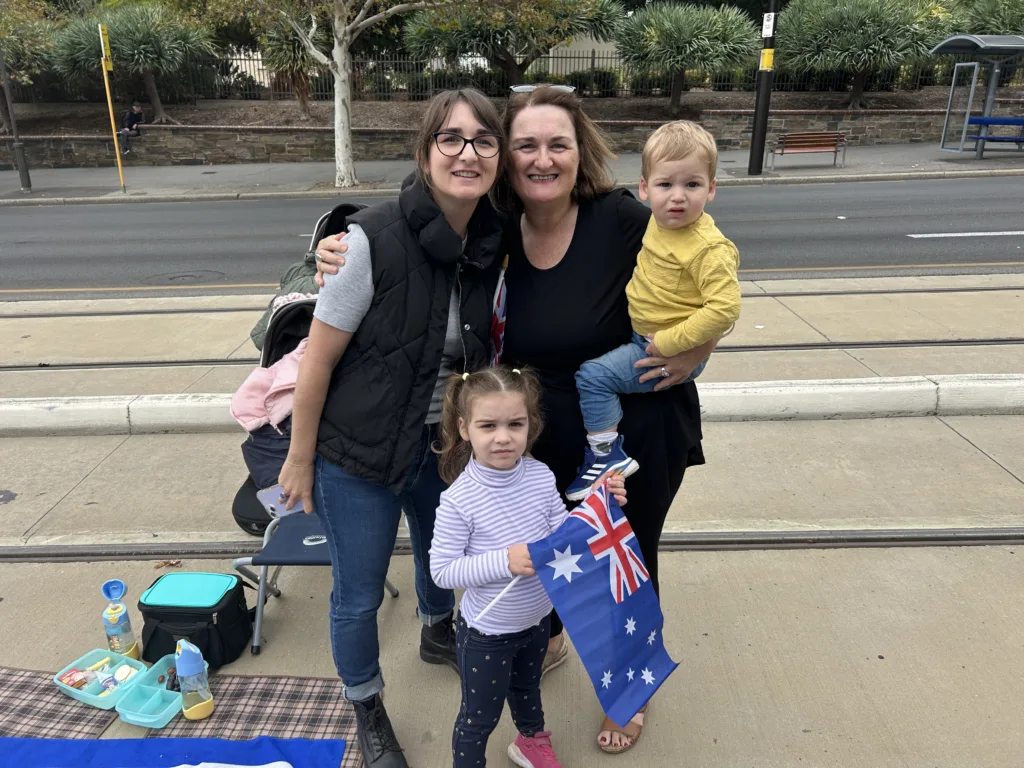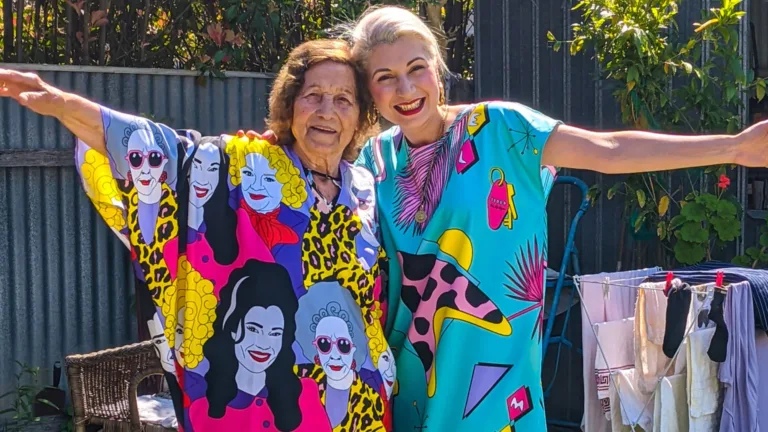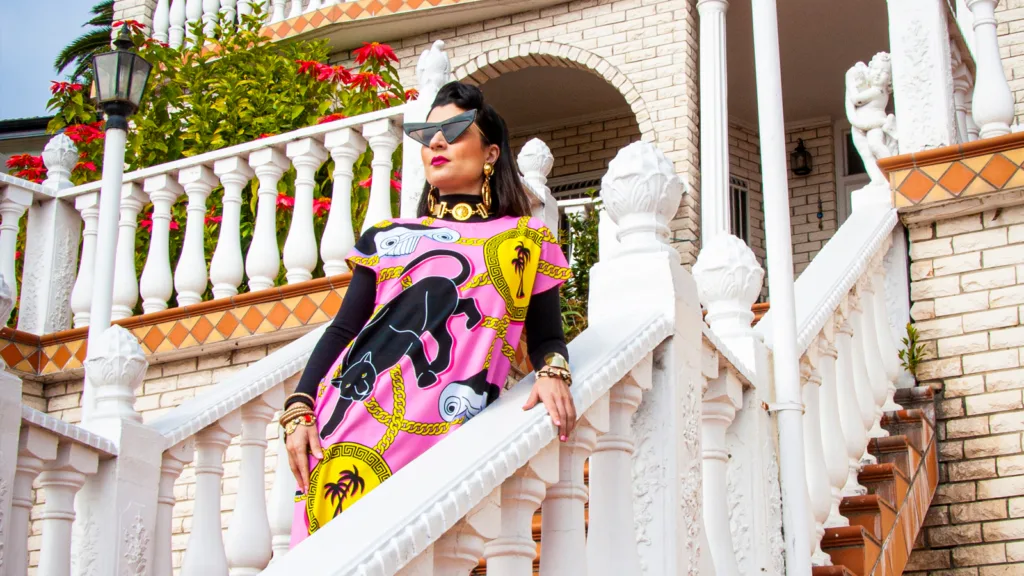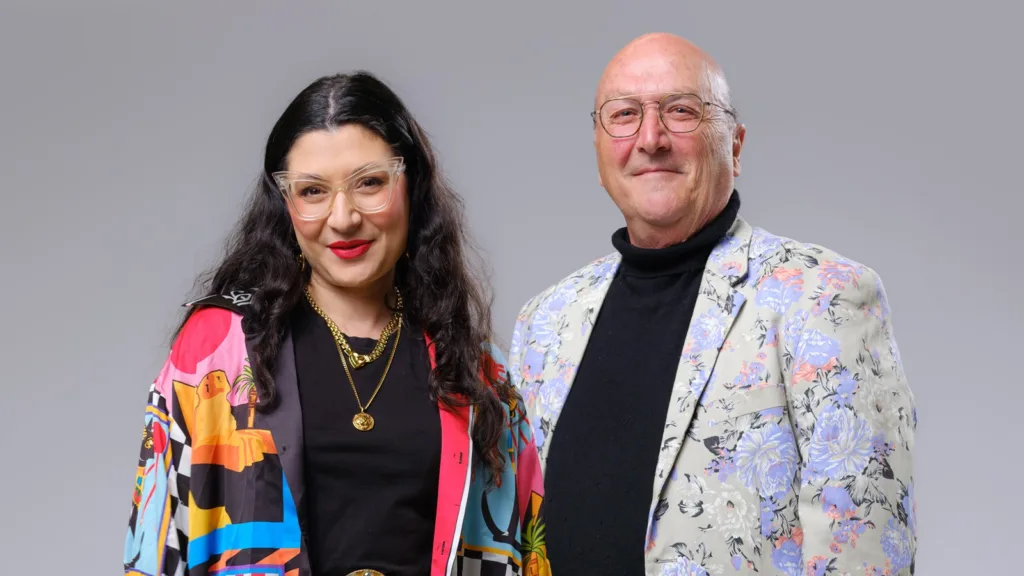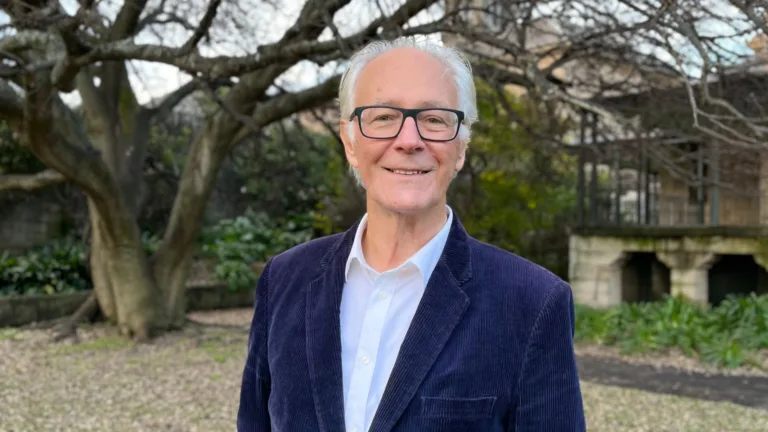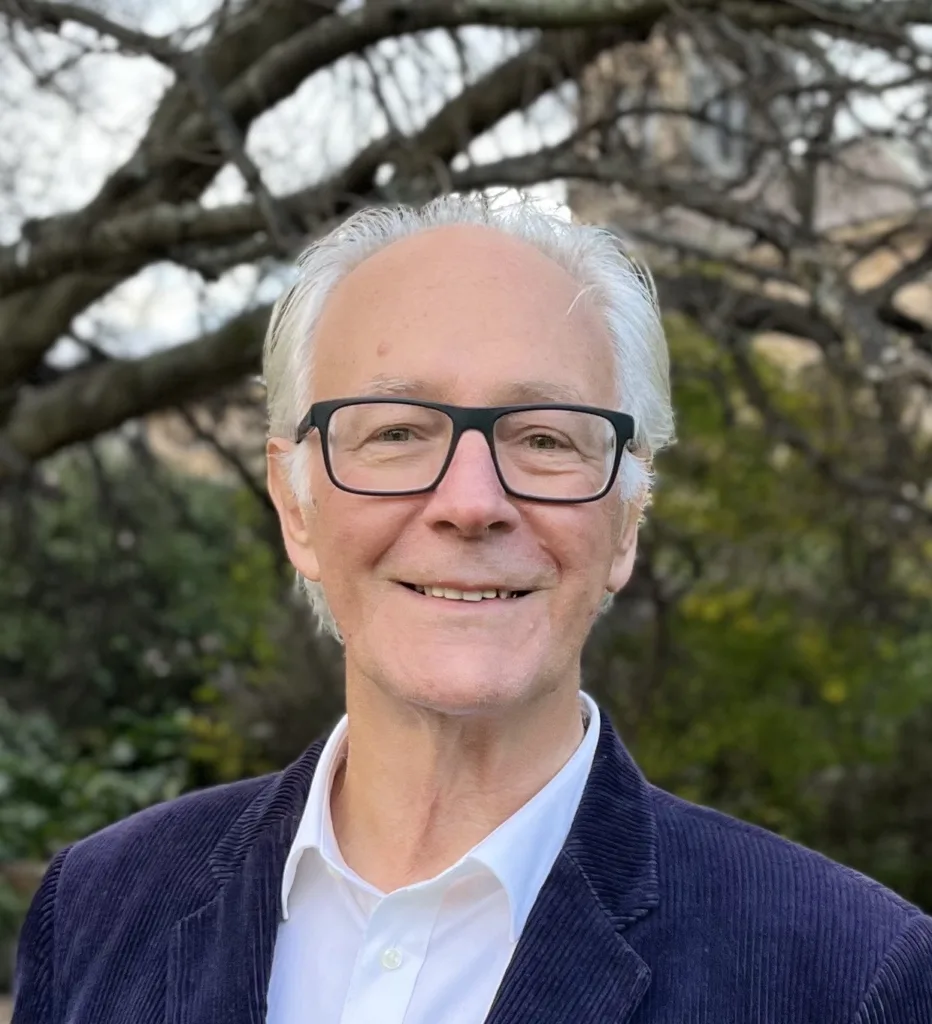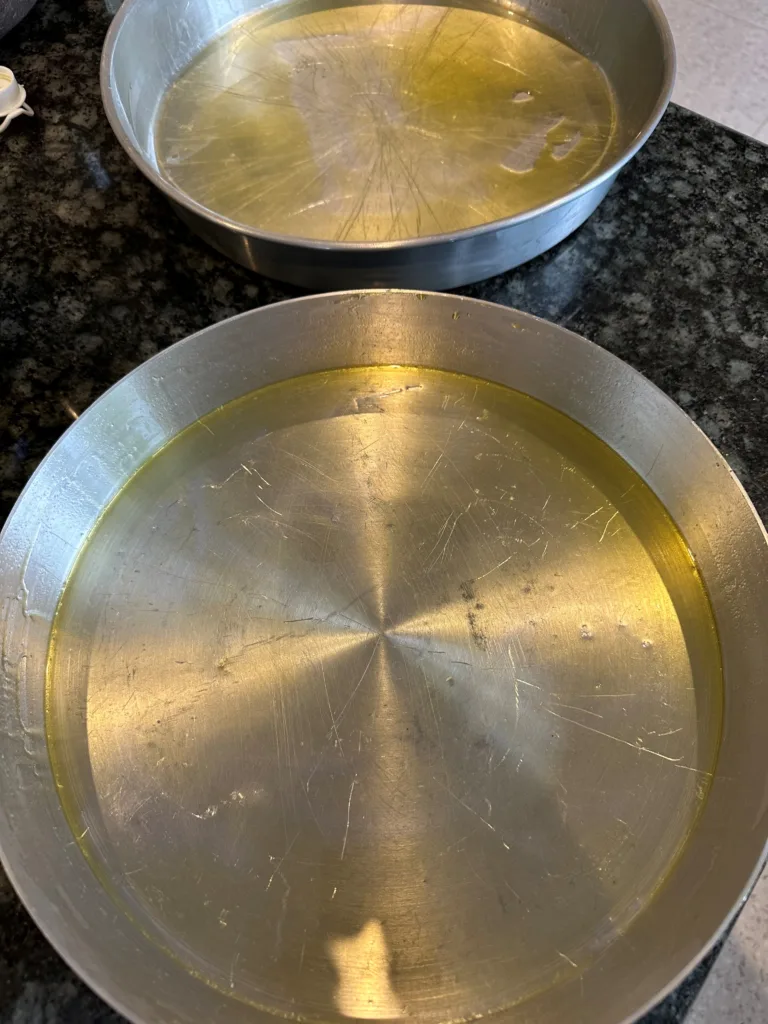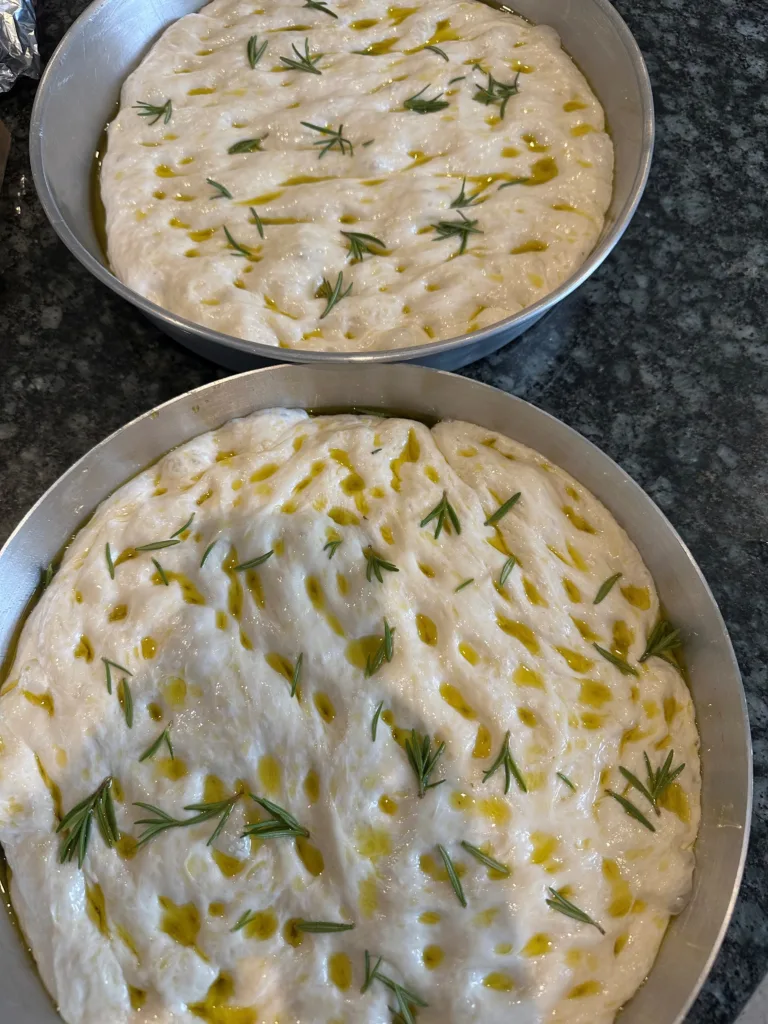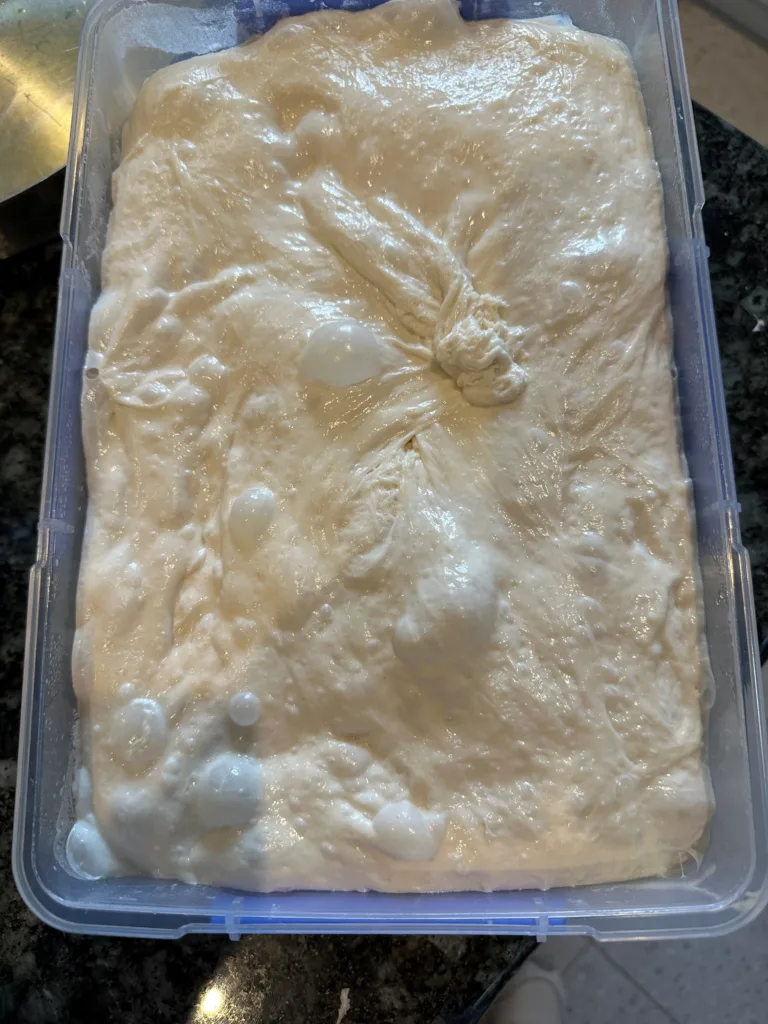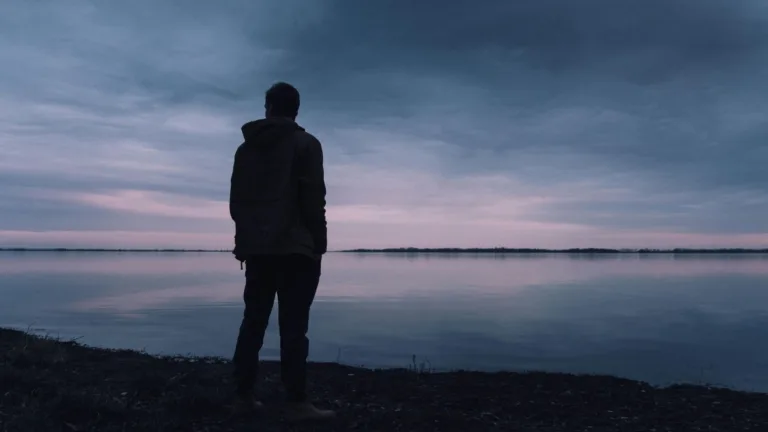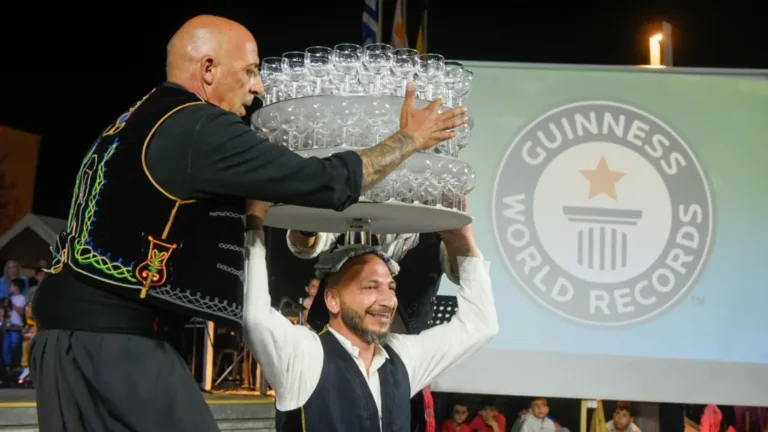With deep respect for the memory of the fallen, a memorial service for ANZAC Day was held on Friday, April 25 at the Phaleron War Cemetery in Athens, Greece.
ANZAC Day honours the memory of Australian soldiers who sacrificed their lives in wars, battles, and peacekeeping missions.
The event was organised by the Australian Embassy in Athens and Ambassador Alison Duncan, in collaboration with the Commonwealth War Graves Commission. It brought together members of the Australian and New Zealand communities in Greece, representatives of the Hellenic Armed Forces, as well as foreign diplomatic missions.
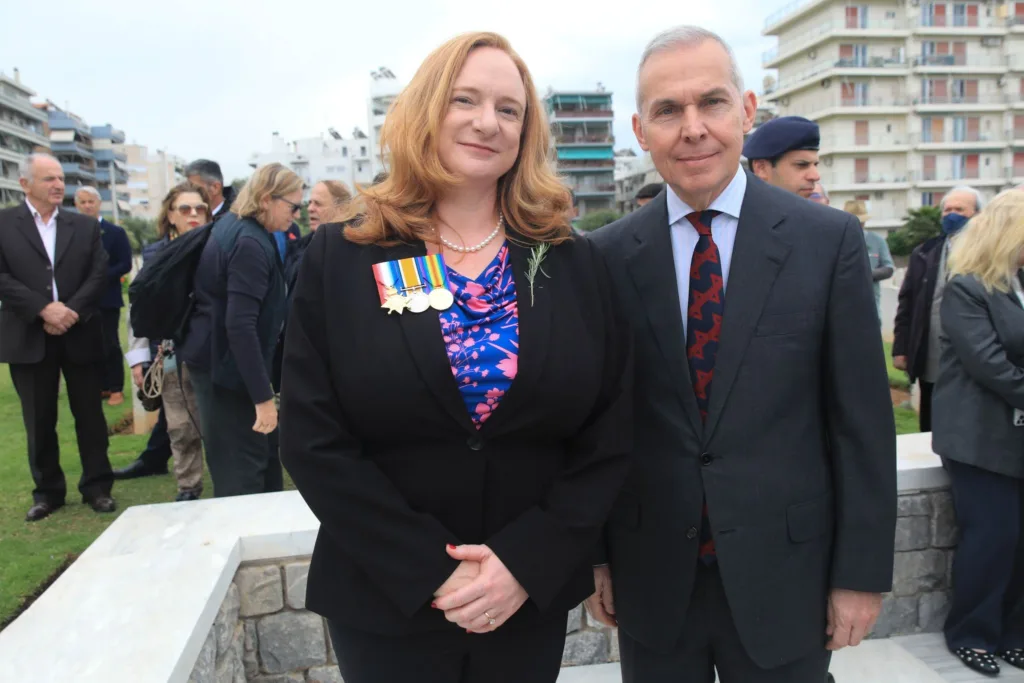


The ceremony was attended by Greece’s Deputy Minister of National Defence, Thanasis Davakis, representing Prime Minister Kyriakos Mitsotakis.
Laying a wreath on behalf of the Greek government, Mr Davakis highlighted the enduring significance of the ANZACs’ sacrifice, stating: “The memory of the ANZACs’ sacrifice is never forgotten; it remains alive to teach us the importance of peaceful coexistence and constant vigilance against any threat.”
The memorial service was also attended by, among others, the Deputy Chief of the Hellenic National Defence General Staff, Vice Admiral Theodoros Mikropoulos HN, a representative of the Presidency of the Republic, Konstantinos Laskaris HN, as well as ambassadors and diplomatic representatives of foreign missions in Greece.
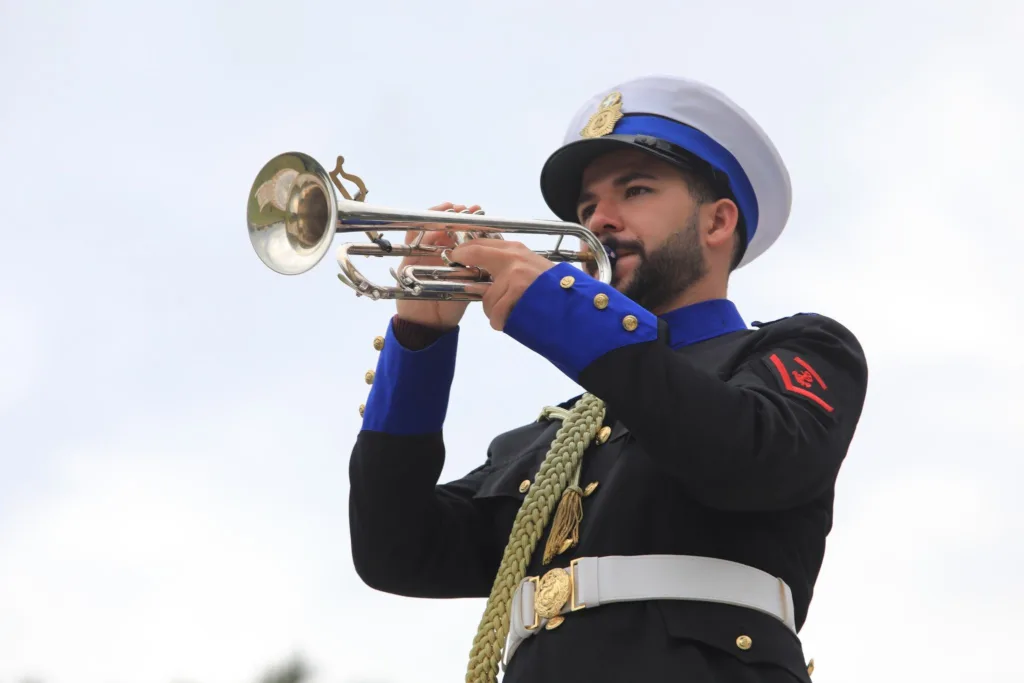
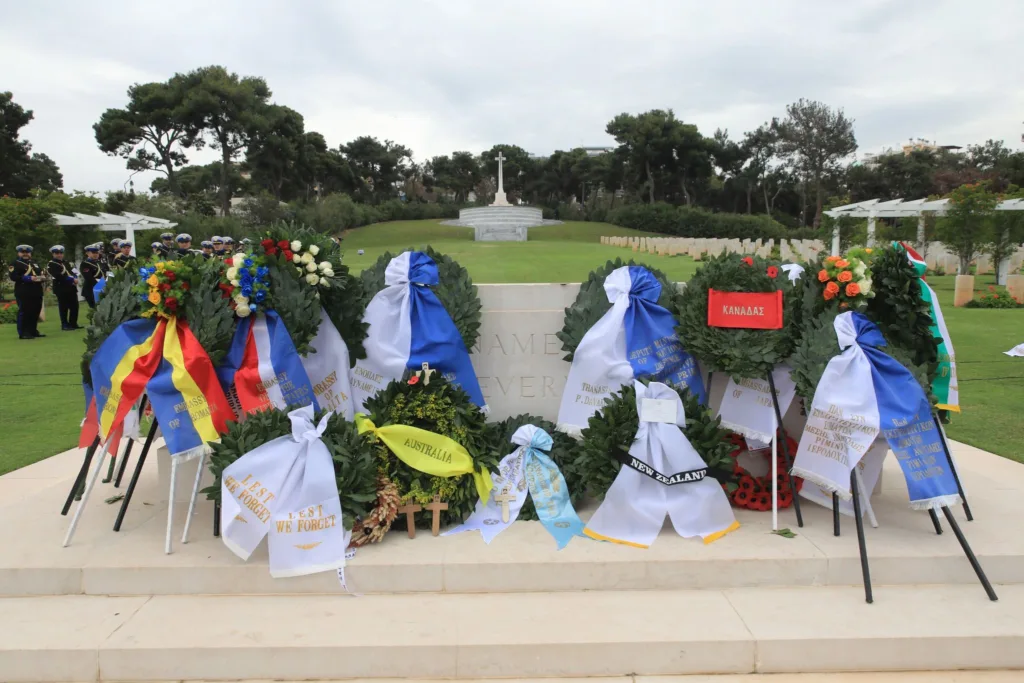

Particularly noteworthy was the presence of the Honorary Consul of New Zealand in Greece, Ioanna Gouvatsou, and members of Greek expatriate associations from Australia and New Zealand, who laid wreaths to pay tribute to the fallen.
The Cemetery, where 584 Australian and 731 New Zealand soldiers who fell defending Greece during the Second World War are laid to rest, became the focal point of emotion and gratitude for their sacrifice.
The ceremony was accompanied by the band and the honour guard of the Hellenic Navy, pupils from St Catherine’s British School and Byron College, as well as members of the Anglican Church of St Paul’s in Athens.

In a related post on social media, the Australian Embassy in Athens warmly thanked all those who attended the ceremony, noting: “Thank you for joining us on this special day of remembrance. We never forget. Lest we forget.”
Beyond its historical significance, ANZAC Day serves as a reminder of the close bonds that unite Greece and Australia — bonds forged on the battlefield and founded on shared values of freedom and solidarity.


